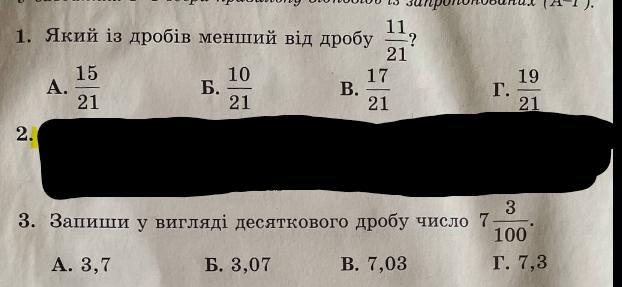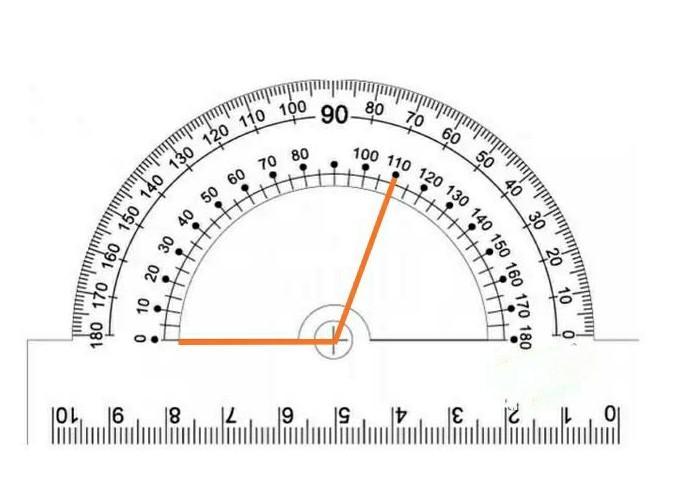Предмет: Математика,
автор: reallytooma
помогите решить дам 100 балов
Приложения:


Ответы
Автор ответа:
1
Пошаговое объяснение:
№1
10/21 < 11/21
Ответ: Б) 10/21
№3
7 3/100 = (7*100 + 3)/100 = 703/100
703/100 = 703 : 100 = 7,03
Ответ: В) 7,03
Задача
3/10 * 480 = 3/1 * 48 = 144/1 = 144 га - поля засеяно гречкой
Приложения:

Похожие вопросы
Предмет: Українська література,
автор: anitaolicsyk
Предмет: Математика,
автор: polinamelnicuk212
Предмет: Другие предметы,
автор: alina14109484
Предмет: Другие предметы,
автор: linayushkova
Предмет: Английский язык,
автор: ulialeb18